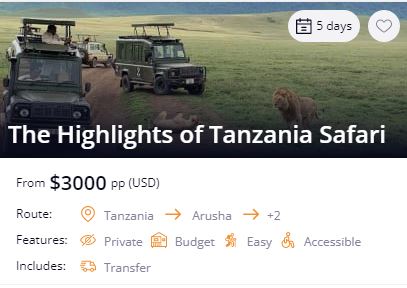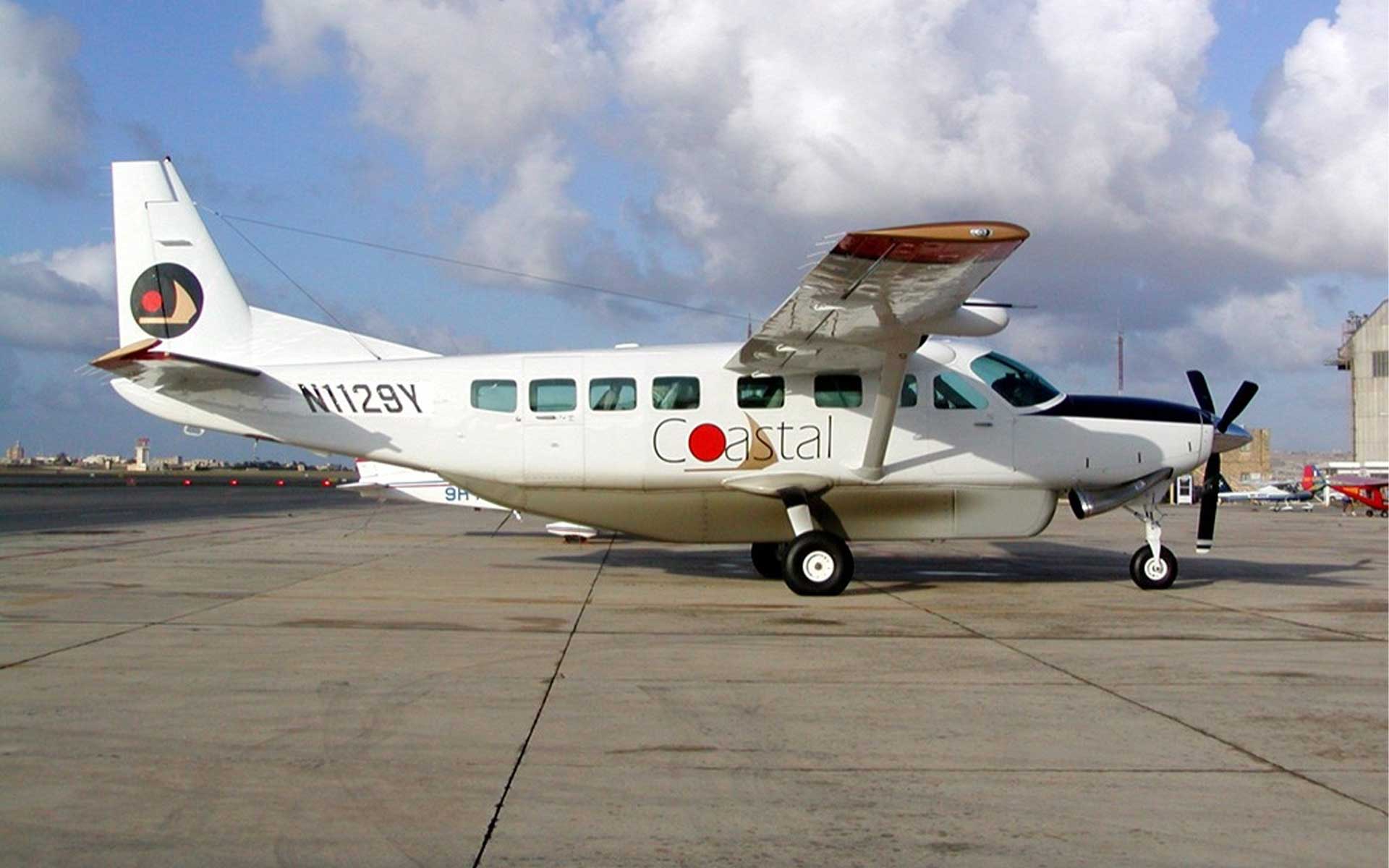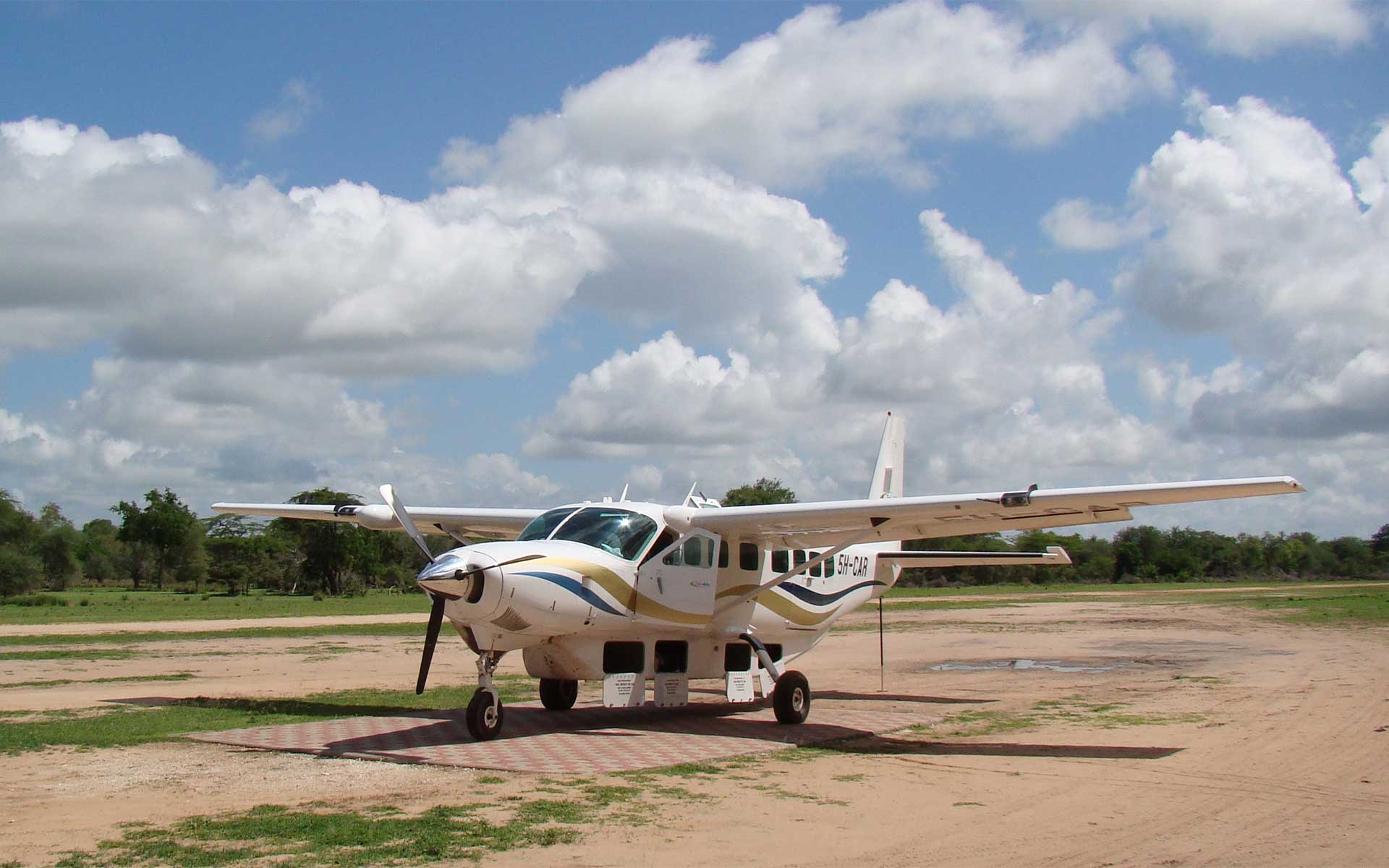Ngorongoro Conservation Area
A SAFARI PARADISE
Discover Ngorongoro Conservation Area
Ngorongoro Crater, a UNESCO World Heritage site, is an awe-inspiring natural wonder located in Tanzania, offering a truly unique and immersive wildlife experience.
Encompassing 8,292 square kilometers, this exceptional destination is an unparalleled safari location, presenting the rich ecosystem and stunning landscapes of Africa.
Ngorongoro Crater is one of the most remarkable wildlife havens in Africa, situated in the northern region of Tanzania.
It is celebrated as one of the premier places for a safari, providing visitors with a memorable wildlife experience in an extraordinary natural setting. In this article, we will delve into the beauty of Ngorongoro Crater and why it is an exceptional place to visit on safari.
WHAT CAN YOU EXPECT
The Wildlife in Ngorongoro Crater
Ngorongoro Crater is a sanctuary for a diverse range of wildlife, including lions, leopards, elephants, rhinos, wildebeest, zebras, gazelles, buffalos, and more.
The crater is particularly renowned for its dense population of wildlife, making it an ideal place to observe animals in their natural habitat. With its unique ecosystem, visitors can expect to see an incredible variety of wildlife throughout the year.
Birdwatching is also a popular activity in the crater, with over 500 species of birds to spot, including flamingos, eagles, and ostriches. Night safaris offer an opportunity to encounter nocturnal creatures like bush babies and hyenas.
VAST OPEN PLAINS OF SAVANNAH
The Landscape
Ngorongoro Crater is characterized by its breathtaking scenery, including the vast crater floor, lush forests, and pristine lakes. The crater itself was formed by a volcanic explosion and subsequent collapse, resulting in a natural amphitheater that now hosts an abundance of wildlife.
The landscape is nothing short of spectacular, with awe-inspiring vistas and dramatic geological features, such as the towering crater walls, providing a perfect backdrop for wildlife photography. Visitors can anticipate exploring a variety of terrains, from verdant forests to open grasslands and shimmering lakes.
WHAT TO EXPECT
The Weather
The climate in Ngorongoro Crater is primarily influenced by the elevation, with cooler temperatures at higher altitudes. The area experiences two rainy seasons: the short rains from November to December and the long rains from March to May. The dry season occurs from June to October, which is generally considered the optimal time to visit, as wildlife is more easily observed due to the sparser vegetation.
During the rainy season, the crater is lush and vibrant, offering excellent birdwatching and scenic opportunities. However, the denser vegetation can make wildlife spotting more challenging. Visitors should consult with their tour operator to ensure the best experience during the rainy season.
WHEN SHOULD YOU GO
The Best Time to Visit
The ideal time to visit Ngorongoro Crater largely depends on your preferences and interests. If you’re seeking an exceptional wildlife experience, then the dry season (June to October) is recommended. During this period, animals are more easily observed as they gather around water sources.
It’s important to note that the dry season is also the peak tourist season, resulting in higher prices and increased visitor numbers. Nonetheless, many travelers believe that the enhanced wildlife encounters are well worth the additional cost. For those on a tighter budget, the rainy season (March to May) offers lower prices and a chance to experience the crater’s unique beauty in a different light.

The best Safaris in Ngorongoro Conservation Area
In Tanzania and Kenya, several smaller airlines focus on offering both charter and scheduled flight services, enabling passengers to explore the breathtaking landscapes and attractions of these East African countries.
Safari Airlines that fly to Ngorongoro Conservation Area
In Tanzania and Kenya, several smaller airlines focus on offering both charter and scheduled flight services, enabling passengers to explore the breathtaking landscapes and attractions of these East African countries.







